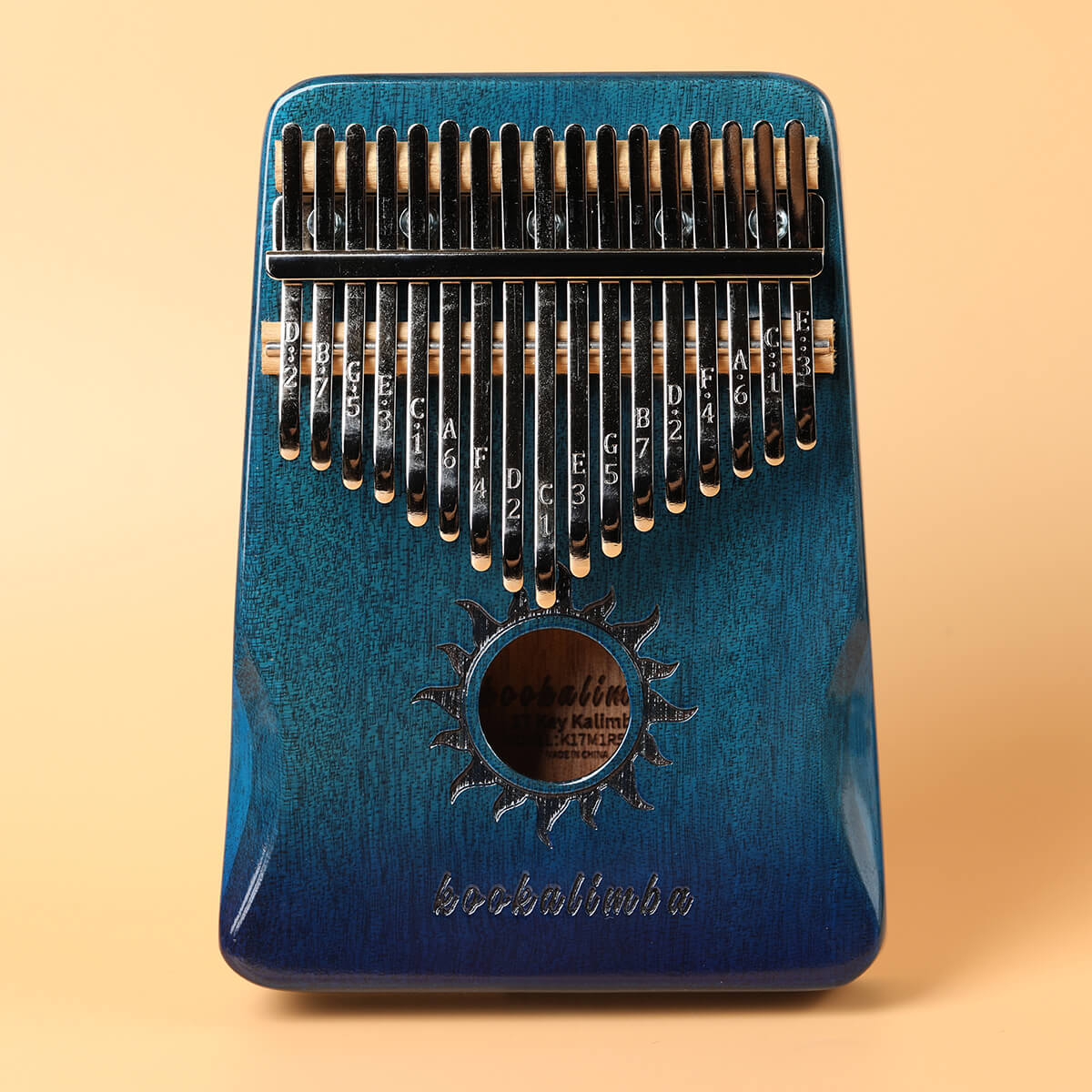When it comes to choosing the best wood for a Kalimba, there are many options available. Each type of wood brings its own unique properties and sound qualities to the instrument, making it important to carefully consider each option before coming to a decision. This blog post will explore some of the most popular types of wood used for Kalimbas and discuss why each might be suitable for your needs.
Plywood
Plywood is made up of thin layers of wood glued together. It’s relatively inexpensive and easy to work with, which makes it a popular choice for kalimba soundboards. Plywood is also lighter than solid wood, so it’s easier to carry around. However, plywood is not as strong as solid wood and it doesn’t age well. Over time, the layers of plywood can start to separate, which will affect the sound quality of the instrument.
Solid Wood
Solid wood is exactly what it sounds like—one piece of wood cut from a tree. It’s a popular choice for kalimba soundboards because it’s strong and durable. Solid wood also ages well, so you don’t have to worry about it deteriorating over time. The downside of solid wood is that it’s more expensive than plywood and it’s heavier, so it can be more difficult to carry around.
Mahogany
Mahogany is a type of hardwood that is often used for kalimbas. It has a beautiful reddish-brown color and a straight grain pattern. Mahogany is strong and durable, so it’s resistant to splitting and cracking. It’s also easy to work with, which makes it a good choice for beginners. The downside of mahogany is that it can be expensive.
Spruce
Spruce is another type of softwood that is often used for acoustic stringed instruments like guitars and violins. It has a light color and a straight grain pattern. Spruce is lightweight but strong, so it won’t split or crack easily. It’s also resonant, which means it produces a clear, warm sound when played. The downside of spruce is that it can be expensive.
Maple
Maple is another great choice for Kalimbas as it gives off a bright sound that really stands out when playing live shows or recording in the studio. Maple also tends to be more expensive than mahogany but provides excellent clarity and definition which makes it worth considering if your budget allows.
Koa Wood
Koa wood is often seen as one of the top choices for Kalimba players since it has an incredibly rich tone that can’t be found anywhere else. Koa is also very durable and fairly lightweight, making it easy to carry around when traveling from gig to gig. Of course, koa is also more expensive than other types of wood so this may not be an option depending on your budget constraints.
Bamboo
Bamboo is an eco-friendly material that can be used for kalimbas. It’s light but strong, so it won’t split or crack easily. Bamboo is also environmentally friendly because it grows quickly and doesn’t require pesticides or herbicides to grow properly. The downside of bamboo is that it can be difficult to find in some areas.
Conclusion
There are many different types of materials that can be used for a kalimba’s soundboard, each with its own set of pros and cons. It’s important to weigh your options carefully before making a decision so that you can choose the best material for your needs. If you’re looking for an eco-friendly option, bamboo might be the right choice for you. If you’re looking for something durable and long-lasting, mahogany could be a better option. Ultimately, the best material for your kalimba’s soundboard depends on your individual needs and preferences.
Read more: Beginner’s guide how to choose a kalimba

